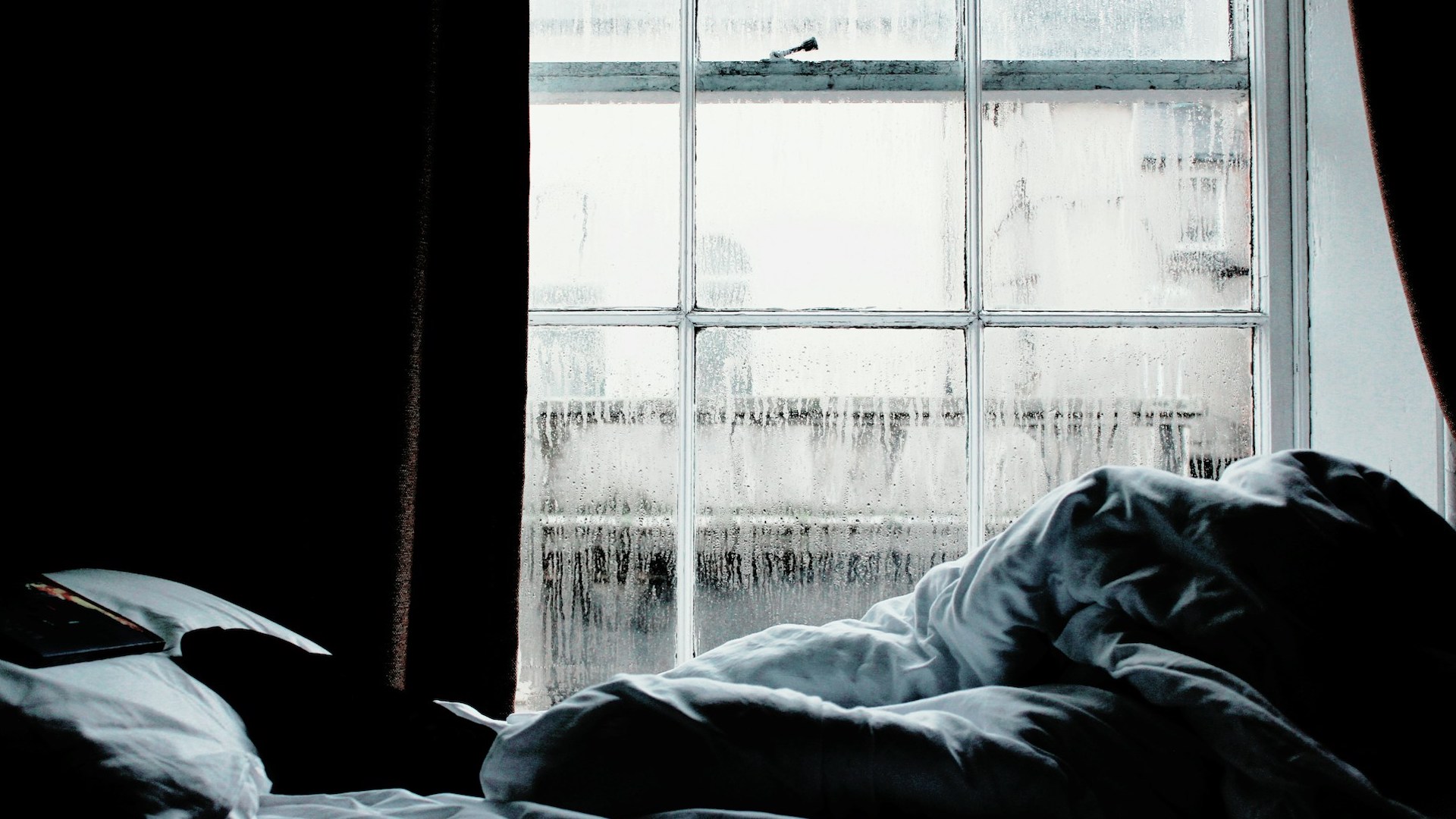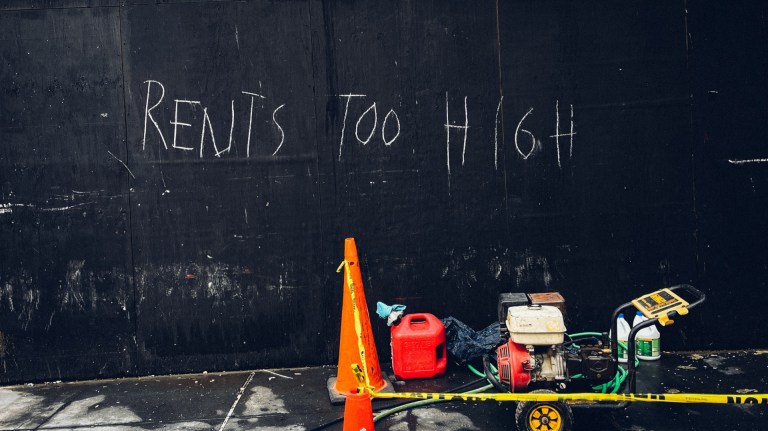Mould exposure can also cause skin irritation and, in rare cases, more serious health issues. Children, elderly people and those with weakened immune systems are particularly vulnerable to the health effects of mould.
How to stop condensation
Starting with the easiest and cheapest options is a smart approach, as these can often make a big difference without breaking the bank or causing major disruption in your home.
Dry clothes outside or in well-ventilated spaces
One of the simplest ways to reduce condensation is to avoid drying clothes indoors whenever possible. Hanging up freshly-washed clothes inside releases a lot of moisture into the air which can quickly lead to condensation, especially in small or poorly ventilated spaces.
If you have to dry clothes indoors, try to do so in a room with good ventilation. Opening a window or using an extractor fan can help (don’t forget it when you have a shower – bathrooms are one of the most common spots for mould problems!), or invest in a dehumidifier if you have the means.
Improve ventilation
Proper ventilation is key to reducing condensation in your home. Good airflow helps to get rid of moist air and prevents it from settling on surfaces.
One of the easiest things you can do is to open windows regularly, especially when cooking, showering or using appliances that generate heat and moisture like kettles and irons. If your home has extractor fans, make sure they’re working properly.
Advertising helps fund Big Issue’s mission to end poverty
Larger appliances can be an unexpected culprit for condensation issues, according to housing social enterprise Places for People.
“It’s no secret that washing machines and tumble dryers can create a lot of moisture in the air, so if you own either one, it’s important to ensure they’re ventilated properly,” a spokesperson said. “Just one load of washing can cause up to two litres of water to be emitted into the air.
“If your washing machine lives in your kitchen, the problem only increases while cooking – ensuring your laundry appliances are correctly ventilated is vital to a condensation-free home.”
For more long-term solutions, consider installing (or asking your landlord, if you’re renting) to install trickle vents in your windows, which allow a constant flow of fresh air into your home without the need to open windows fully. Trickle vents are a requirement for all new and replacement windows in the UK, since regulations were changed in 2022.
If condensation is a persistent problem you might also want to look into mechanical ventilation systems, which are more effective at controlling humidity levels throughout the whole home.
Avoid dramatic temperature changes
Condensation is more likely to be an issue when there are significant temperature differences between the inside of your home and outside. If your home is really warm and the outside temperature is cold, for example, the warm air inside will cool rapidly when it touches cold surfaces and create condensation.
Advertising helps fund Big Issue’s mission to end poverty
To prevent this, try to maintain a consistent temperature throughout your home. This doesn’t necessarily mean keeping your heating on high all the time – plenty of Brits are still being forced to ration their use of energy thanks to sky-high prices – but rather avoiding sudden changes in temperature. You can do this by using thermostats and timers to manage your heating, or keep internal doors open to distribute heat more evenly.
Reduce condensation in the bathroom
The bathroom is one of the most common places for condensation to develop, thanks to the amount of moisture generated by hot showers and baths. Make sure that your extractor fan is working as it should and use it during and after showers to remove humid air from the room. If you don’t have an extractor fan, open a window slightly while showering or having a bath to let steam to escape.
Wiping down wet surfaces like mirrors, windows and tiles after use can help prevent moisture from lingering and turning into condensation too. It’s useful to keep the bathroom door closed while using the shower to stop humid air from spreading to other parts of your home.
Reducing condensation in the bedroom
Condensation in bedrooms is often caused by breathing during the night, especially in colder months when windows are kept shut. Try to keep the room well-ventilated by opening a window slightly, even for a short time each day, to circulate fresh air and reduce humidity. This is also a good spot for a dehumidifier, or decent insulation if you have the funds.
Insulation
Insulating your home is one of the most efficient ways to reduce condensation, particularly on walls and roofs.
Loft insulation is a relatively simple and cost-effective way to reduce heat loss from your home, while cavity wall insulation can help to prevent condensation from forming on external walls. For older homes with solid walls, external or internal wall insulation can be a good investment, though it is more expensive.
Advertising helps fund Big Issue’s mission to end poverty
Double glazing can make a real difference, especially for reducing condensation on windows. Double-glazed windows have two layers of glass with a gap in between, which helps to insulate the interior glass from the colder exterior glass. This reduces the likelihood of condensation forming on the inside of the windows.
Do you have a story to tell or opinions to share about this? Get in touch and tell us more. Big Issue exists to give homeless and marginalised people the opportunity to earn an income. To support our work buy a copy of the magazine or get the app from the App Store or Google Play.









